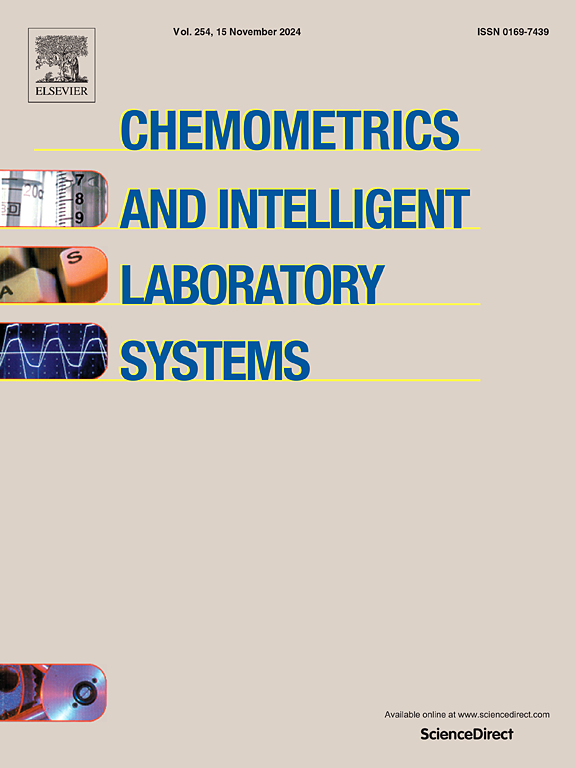Self-attention embedded StyleGAN for virtual sample generation in sensing applications
IF 3.8
2区 化学
Q2 AUTOMATION & CONTROL SYSTEMS
Chemometrics and Intelligent Laboratory Systems
Pub Date : 2025-09-04
DOI:10.1016/j.chemolab.2025.105519
引用次数: 0
Abstract
Given the challenges of low variability in industrial processes, which intensify data scarcity and produce anomalous distributions that compromise data-driven model accuracy. Existing sample generation methods often overlook key factors such as sparsity and correlation among data. To address these challenges, this paper proposes a StyleGAN-based virtual sample generation method with an embedded self-attention mechanism (SASG-VSG). Firstly, StyleGAN is used to map the original data space to a disentangled latent space. The output variables then act as control conditions, guiding the model to interpolate along the output dimension to ensure a more uniform distribution of generated samples. Besides, a self-attention module is incorporated into the discriminator to enhance its ability to capture the similarity between the virtual samples and the original data distribution. Finally, validation experiments on a purified terephthalic acid (PTA) solvent system and a sulfur recovery unit (SRU) confirm the capability of the proposed SASG-VSG in generating high-quality virtual samples for soft-sensing applications.
自关注嵌入式StyleGAN在传感应用中的虚拟样本生成
考虑到工业过程中低可变性的挑战,这加剧了数据稀缺性,并产生了损害数据驱动模型准确性的异常分布。现有的样本生成方法往往忽略了数据之间的稀疏性和相关性等关键因素。为了解决这些问题,本文提出了一种基于stylegan的基于嵌入式自关注机制的虚拟样本生成方法(sag - vsg)。首先,使用StyleGAN将原始数据空间映射到解纠缠的潜在空间。然后,输出变量作为控制条件,引导模型沿着输出维度进行插值,以确保生成的样本分布更加均匀。此外,在鉴别器中加入了自关注模块,增强了鉴别器捕捉虚拟样本与原始数据分布相似度的能力。最后,在纯化对苯二甲酸(PTA)溶剂系统和硫回收装置(SRU)上的验证实验证实了所提出的SASG-VSG能够为软测量应用生成高质量的虚拟样品。
本文章由计算机程序翻译,如有差异,请以英文原文为准。
求助全文
约1分钟内获得全文
求助全文
来源期刊
CiteScore
7.50
自引率
7.70%
发文量
169
审稿时长
3.4 months
期刊介绍:
Chemometrics and Intelligent Laboratory Systems publishes original research papers, short communications, reviews, tutorials and Original Software Publications reporting on development of novel statistical, mathematical, or computer techniques in Chemistry and related disciplines.
Chemometrics is the chemical discipline that uses mathematical and statistical methods to design or select optimal procedures and experiments, and to provide maximum chemical information by analysing chemical data.
The journal deals with the following topics:
1) Development of new statistical, mathematical and chemometrical methods for Chemistry and related fields (Environmental Chemistry, Biochemistry, Toxicology, System Biology, -Omics, etc.)
2) Novel applications of chemometrics to all branches of Chemistry and related fields (typical domains of interest are: process data analysis, experimental design, data mining, signal processing, supervised modelling, decision making, robust statistics, mixture analysis, multivariate calibration etc.) Routine applications of established chemometrical techniques will not be considered.
3) Development of new software that provides novel tools or truly advances the use of chemometrical methods.
4) Well characterized data sets to test performance for the new methods and software.
The journal complies with International Committee of Medical Journal Editors'' Uniform requirements for manuscripts.

 求助内容:
求助内容: 应助结果提醒方式:
应助结果提醒方式:


